Published in the Sunday Mumbai Samachar on 28 January, 2024
I want all of us to travel to one of the most Instagrammable countries in the world today: New Zealand! I personally have been to New Zealand twice, once to the North Island and once to the South Island. And I still feel, I haven’t seen New Zealand entirely! Known in the Maori language as "Aotearoa," New Zealand is often called the "Land of the Long White Cloud," a name that captures the country’s striking cloud formations and its unique place in the world.
From the volcanic landscapes of the North Island to the majestic fjords of the South Island, New Zealand is renowned for its diverse and breathtaking natural beauty. It is also the heartland of the Maori culture, a rich and living tradition that offers a unique perspective on the country’s history and heritage. And it’s a place which is often referred to as the Adventure Capital of the World! I have done so many adventure activities here including Bungee Jumping, River Rafting, Shotover Jet Boating, Zip-linking, Hiking and a whole lot more. It is also one of the most famous places in the world for sky-diving! But I have been unlucky both time when I was there because both times, the weather was just not favourable for Skydiving and I had to give it a skip. But when it’s bad weather for sky-diving, it means it’s great weather for river rafting and I did exactly that!
If we look at it from a geographic point of view, New Zealand, is divided into two main islands: the North Island and the South Island. Each island offers a distinct experience, characterized by unique landscapes, cultures, and attractions. And I believe if is important that we do an exploration of these two main islands to get a deeper understanding of what makes each island special and how they contribute to the country's diverse allure. To make it simpler to understand I have divided this comparison into 3 key categories:
Geographical and Climatic Differences
The North Island is known for its volcanic landscapes, including active geothermal areas like Rotorua and Taupo. It's home to the country’s largest lake, Lake Taupo, and the highly active Taupo Volcanic Zone. In contrast, the South Island is famed for its dramatic landscapes, with the Southern Alps running along its spine. These mountains are home to Aoraki/Mount Cook, the highest peak in New Zealand. The South Island has a cooler climate and known for its breathtaking fjords, particularly Milford Sound and Doubtful Sound, offering some of the most spectacular scenery in the country.
Cultural and Historical Aspects
The North Island is the economic heart of New Zealand. It is rich in Maori culture and history, with significant sites like the Waitangi Treaty Grounds. The South Island, while less populated, boasts a strong sense of identity and history, especially in areas like Otago with its gold mining past.
Tourist Attractions and Activities
The North Island offers diverse attractions from the cosmopolitan city life of Auckland and Wellington to the geothermal wonders of Rotorua. It's a hub for Maori cultural experiences, with opportunities to visit maraes (meeting grounds), enjoy traditional hangi (food cooked in earth ovens), and witness kapa haka (performances). The island also features beautiful beaches, such as those in the Bay of Islands and the Coromandel Peninsula, making it ideal for water sports and beach holidays. The South Island, especially Queenstown, is a paradise for outdoor enthusiasts and adventure seekers. The island’s vast, unspoiled landscapes make it perfect for hiking, mountaineering, and scenic flights.
Whether one seeks the warmth and cultural richness of the North or the majestic beauty and thrill of the South, New Zealand’s islands promise a journey of discovery and awe. But along with being such a cool country, it also has a unique claim to fame in the natural world: it is one of the few large landmasses on Earth with absolutely no native snake species. This snake-free status is not just a curious fact but a significant ecological feature that shapes the country's environment and biodiversity. I personally hate snakes, and when someone told me about this, I was like wow! Let’s go to New Zealand again!
So why is this so? Why are there no native snake species? One of the reasons is that New Zealand's isolation has played a crucial role in its snake-free status. Located in the southwestern Pacific Ocean, it broke away from the supercontinent Gondwana about 85 million years ago. This early separation from other landmasses meant that many types of animals, including snakes, never made it to these shores. Instead, New Zealand's wildlife evolved in isolation, leading to the development of a unique range of flora and fauna.
The absence of snakes also meant profound ecological implications. In ecosystems around the world, snakes play a critical role as both predators and prey. They control populations of small mammals, birds, and insects and, in turn, are preyed upon by larger animals. In New Zealand, these ecological niches are filled by other creatures. For instance, birds, some of which are now extinct, evolved to fill many roles typically occupied by mammals and reptiles in other parts of the world.
Additionally, New Zealand's isolation also led to high levels of endemism – many species found here are not found anywhere else on Earth. This includes a variety of unique birds like the kiwi, kakapo, and the now-extinct moa. The absence of predatory snakes allowed these bird species, many of which are flightless, to thrive. However, it also meant that they evolved without the natural defenses needed against mammalian predators, making them vulnerable when such predators were introduced by humans.
To protect this status, New Zealand has strict biosecurity laws. This is mainly to prevent the introduction of foreign species, including snakes. This is not just to maintain the country’s unique ecological balance, but also for public safety, as many snake species are venomous. The government actively monitors and controls the country's borders to prevent accidental or intentional introduction of snakes. And it is due to these strict laws that you often are told when you arrive in New Zealand to declare all food items just so that the right officials can have a look at them and decide whether to permit it into the country or not!
New Zealand’s status as a snake-free country is more than an intriguing fact; it’s a testament to the unique evolutionary path of an isolated ecosystem. This absence has shaped the country’s biodiversity and ecology in fundamental ways, leading to a landscape where flightless birds roam freely and where ecosystems have evolved without the threat of slithering predators. As New Zealand continues to focus on conservation and biosecurity, maintaining this snake-free status is crucial for the protection of its unique and precious natural heritage. Can you think of any other place like this that is so unique? Let me know at neil@veenaworld.com Until the next time, keep Celebrating Life!!!










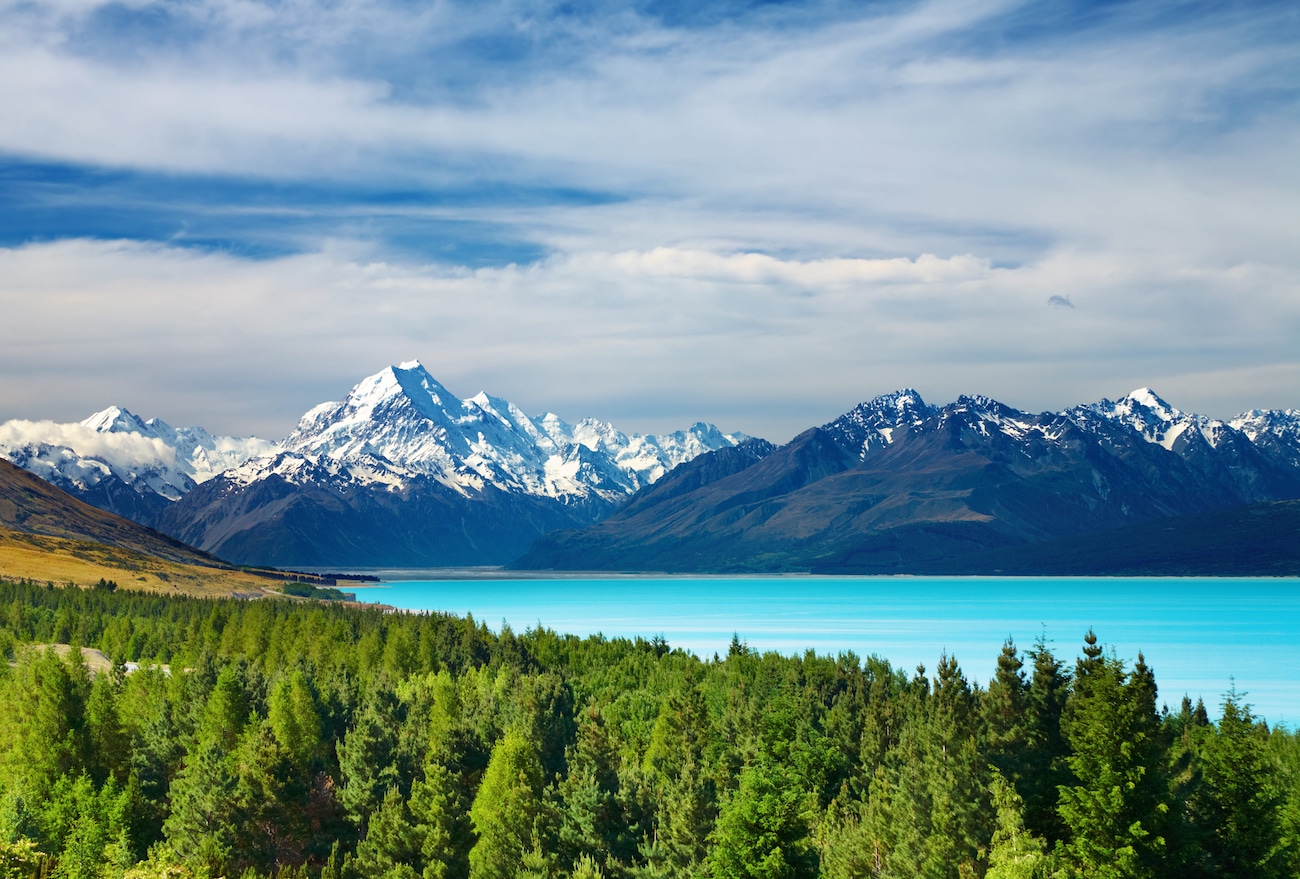




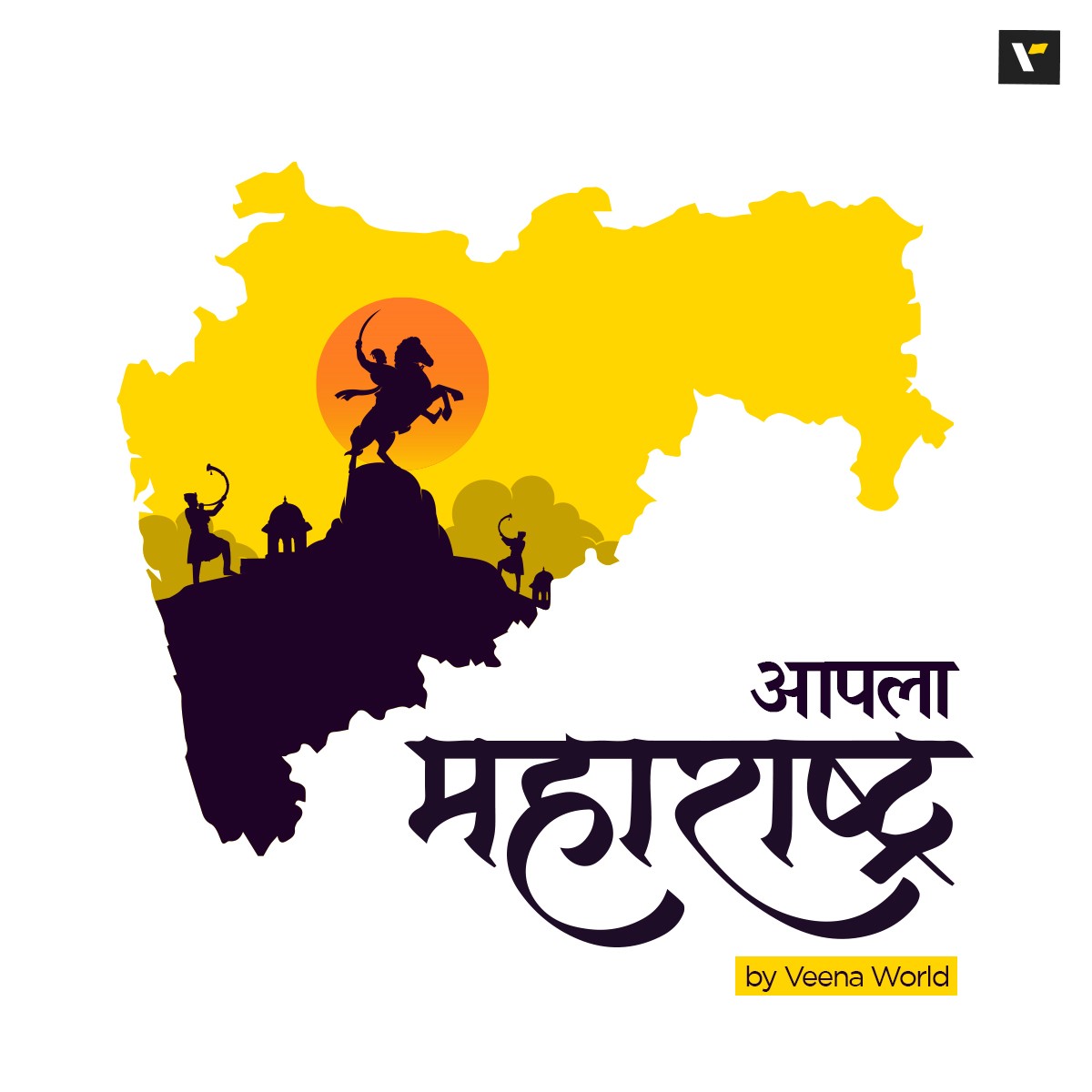






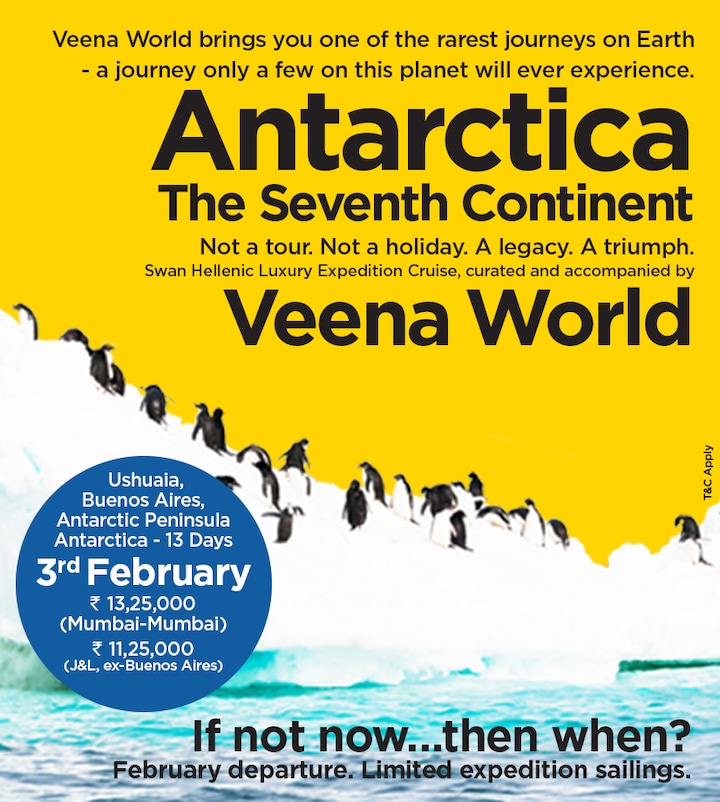



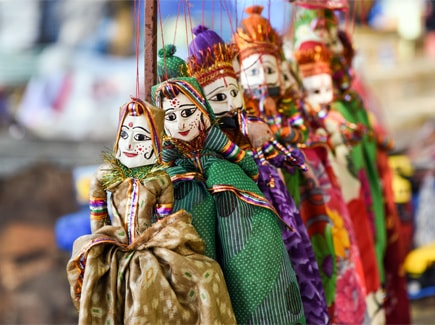
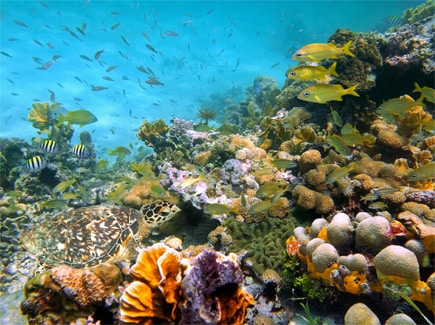
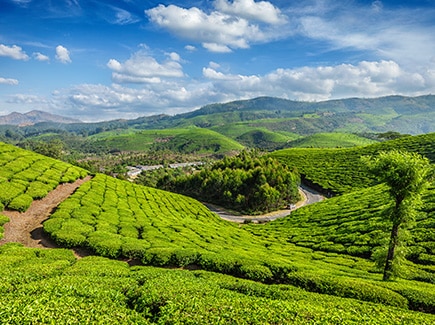

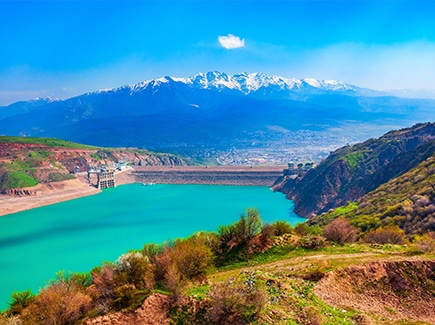

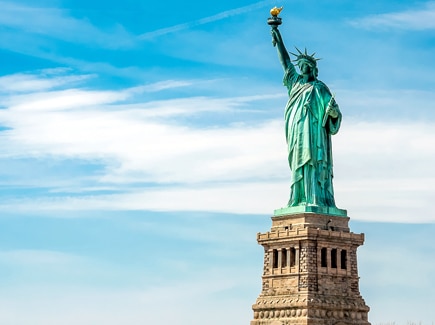
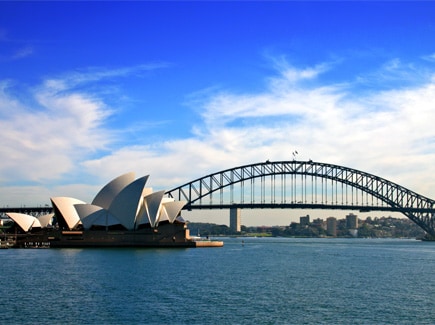

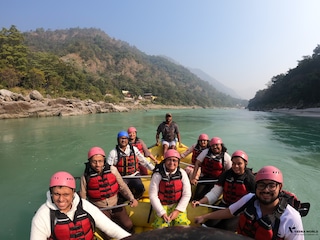


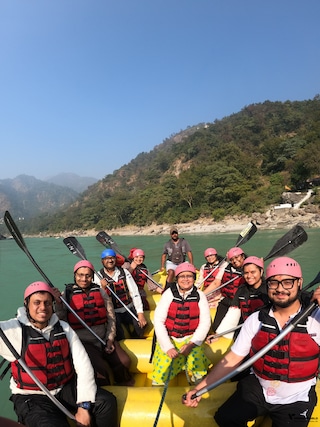

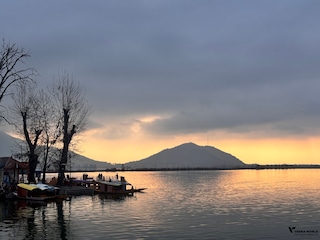


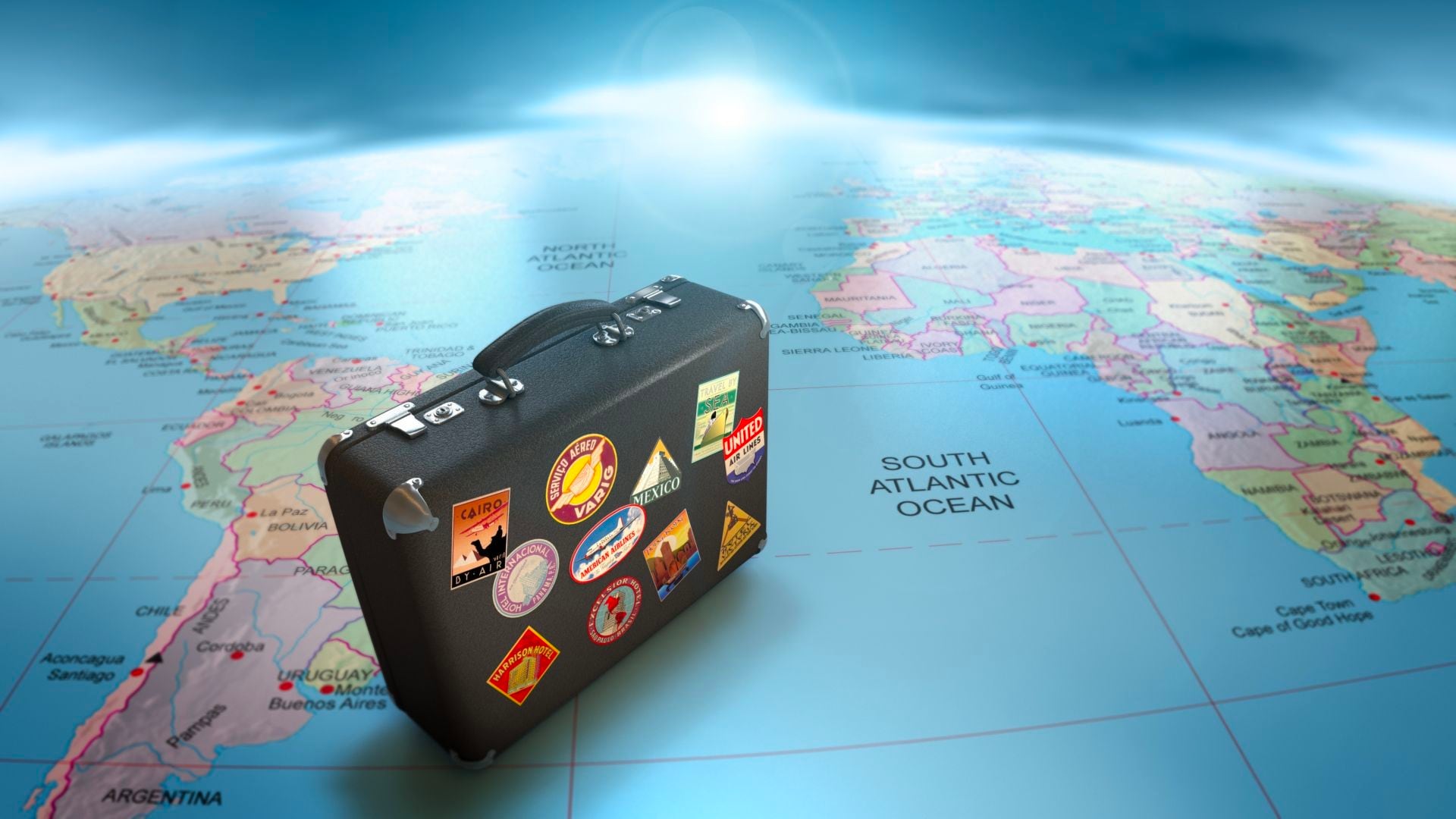

Post your Comment
Please let us know your thoughts on this story by leaving a comment.